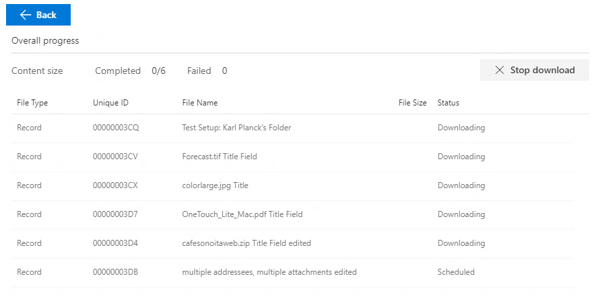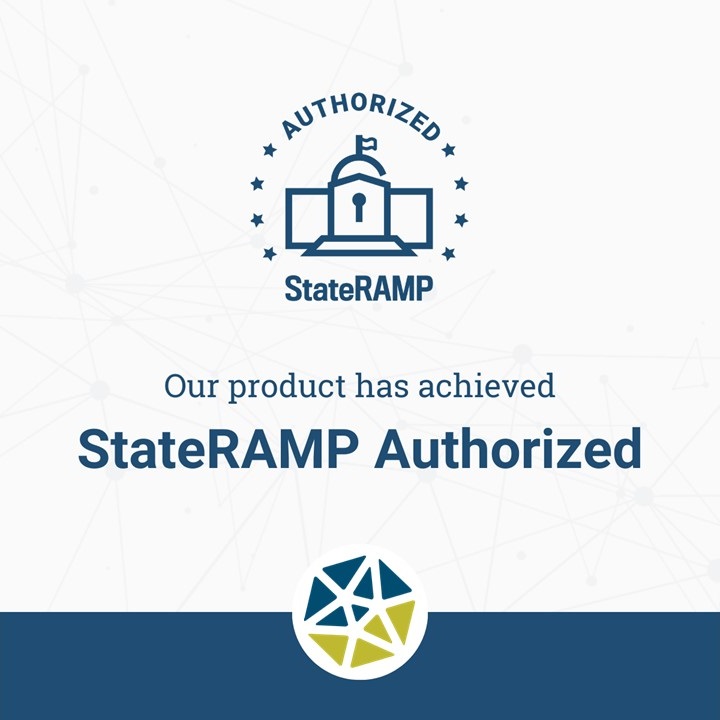Whether it be e-discovery, FOIA requests (or FIPPA, if you are a fellow Canadian organization!), or simply trying to share content to another company, content export is a crucial part of the process. It is both central to many long-term RMS solutions and an aspect of records management that extends across departments.
Need to export specific content to another department? What about completing an accession to the archives as part of disposition? It's all relevant and requires content to be exported from one platform to another.
The way that this task extends across sectors is the reason that Content Export is one of the main new features of Collabware CLM 4.0 (coming this fall!). The upgrade will allow CLM users to export content from SharePoint to other long-term storage and provides the following two unique values:
- It is not tied to Workflows and Retentions in CLM, which makes it more broadly applicable.
- This feature gives users the ability to export content metadata.
To delve into these values more in depth, it is useful to look at the different avenues that this feature provides for content export:
Results can be exported from an Information Query*
This method makes content exportation simple by allowing users to export their desired results from an IQ search. Users have the options to choose 'Export All' or individually select content. In addition, it is possible to export just the metadata, which can then be shared with users who do not have permission to all items or access to the systems. As with general content, metadata can be exported all together, or more specifically selected.
Exports can also happen as part of a Workflow Disposition
Both transfer and accession results are relevant in this scenario and can be used interchangeably if desired.
The former, transfer of content, is used for sending content between different departments or organizations. This is helpful to keep organizational departments on the same page, or perhaps when working on a joint venture with another company. Meanwhile accession refers to changing custody of the record to archives. This is more useful during the final disposition process, allowing for the records to be processed by archivists before they are destroyed by the senders.
As seen, there are multiple courses of action available for content export through this feature. However, regardless of how the exports are created, the actual export process itself will always happen through the new Collabware CLM Export App. This app facilitates download of the content export from SharePoint to users' desired location and is easy to use.


So, whether it be a direct content export via Information Queries, transfers across departments that allow organizations to stay in sync, or an accession export that bridges the information gap between records managers and archivists, content export is pivotal. And with the different options and simple-to-navigate Collabware CLM Export App, this feature is yet another that we at Collabware are excited to share with users in this upcoming v 4.0 release!
To learn more about Collabware CLM 4.0, read our product overview post, check out our previous post on the Vital Records Review feature, and stay tuned for more feature-specific posts that are released every Wednesday!
To find out more about Collabware CLM in general, get in touch, download our product brochure, or sign up for a free demo here.
![]()
*Information Queries are a series of conditions that will be used to search all content in the system that has been crawled by Unified Search. All results will then be compared against the specific user, determining which results the user has access to through their SharePoint security permissions.





